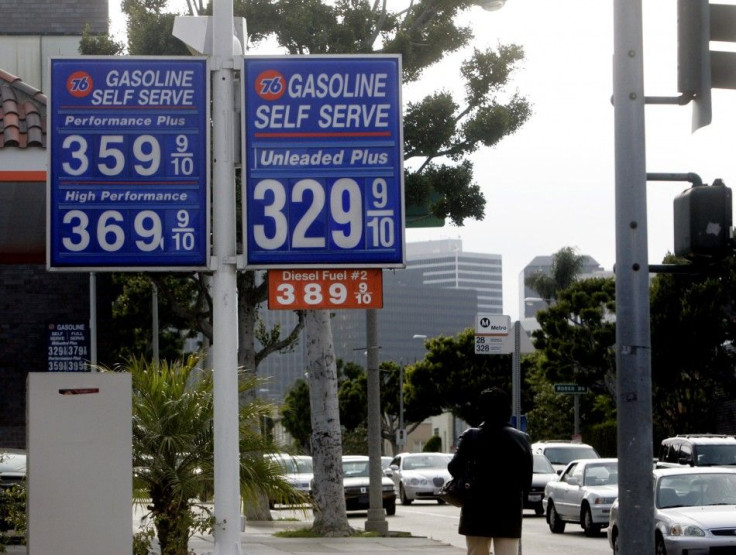U.S. Unemployment Drops, But Higher Gas Price Threat Rises

Every action, as the saying goes, has a reaction. And so it goes with the excellent news that the U.S. unemployment rate is finally dropping.
The latest government report shows that robust hiring activity in December -- better than expected -- pushed unemployment to its lowest level in three years. The Labor Department said December unemployment was 8.5 percent in America, and level we haven't seen since February 2009.
For four straight months now the unemployment rate has dropped as the U.S. economy finally begins to gain some momentum. That's good news, to say the least. But if only the drop in unemployment didn't come with another price -- a higher gas price that's sure to follow.
Oil prices have been on the rise in recent weeks over rising tensions in the Middle East. Iran wants to develop a nuclear program, though the country denies it's doing that very thing. The U.S. and other Western countries say no nuclear -- not without sanctions targeting Iran's lucrative oil sales, anyway.
Iran says fine -- maybe we'll just close the Strait of Hormuz with military action because of your sanctions. The U.S. says don't you dare.
So the price of oil has gone up -- with U.S. crude up about 40 cents to $102.21 on Thursday.
Prices at the pump have been slowly rising as a result. Both both the price of oil and the price of gas at the pump has been buffered in the moves higher by lackluster demand in the U.S. With weak demand in a slowed economy, the price at the pump has been held relatively in check as the price for a barrel of oil moved higher. Also, the price of oil has been held in check, a bit, by the age-old supply and demand issue.
Concerns over the tensions have pushed it higher, but concern over lackluster demand has kept it from moving to scary levels.
Where this story is going becomes relatively clear then: the U.S. economy is picking up, which in most respects is good news, since it is happening faster and with more momentum than many expected. But not when it comes to the price of oil and gas at the pump in such an environment. Drastically higher gas prices -- which may be coming -- can throw an economic recovery quicker than one can say filler-er up.
Most gas experts in the U.S. suggest the price per gallon will rise on average to somewhere between $4.25 to $4.50 a gallon by Memorial Day or the Fourth of July -- periods when demand is typically high. But that doesn't factor in the Iran wild card, which is just that -- a wild card, and anything can happen.
If Iran closed the Strait of Hormuz, through which one-third of all global oil tankers pass through, the price of oil would temporarily shoot up to levels never-before seen while the problem was resolved through military and other action. Add in higher demand from the growing economy, and $5 gas in 2012 is not out of the question.
It's not a perfect world, as they say, and we would rather have rising employment any day. It's just that it's best to keep an eye on the moving balls that threaten to give us a knock. Thus, higher oil and gas prices loom as a economic recovery threat to the U.S. in the near-term future.
© Copyright IBTimes 2025. All rights reserved.





















